White House economic adviser Larry Kudlow told Fox News Sunday that the trade negotiations “seemed to be taking too long” and the administration “can’t accept any backtracking.” He also complained that China hasn’t come far enough.
On the impact of the tariffs that took effect last week, Kudlow said “the economic consequences are so small” as the US economy is “in terrific shape”. He estimated US might only lose 0.2% of GDP. And, “this is a risk we should and can take without damaging our economy in any appreciable way.
On more tariffs on currently untaxed USD 300B in Chinese imports, Trade Representative Robert Lighthizer said the details would be released on Monday. But Kudlow said it could probably be “months” before they take effect.
Meanwhile, he added that talks are on-going. And, there is a G-20 meeting in Japan toward the end of June next month and the chances that President Trump and President Xi will get together at that meeting are pretty good.”




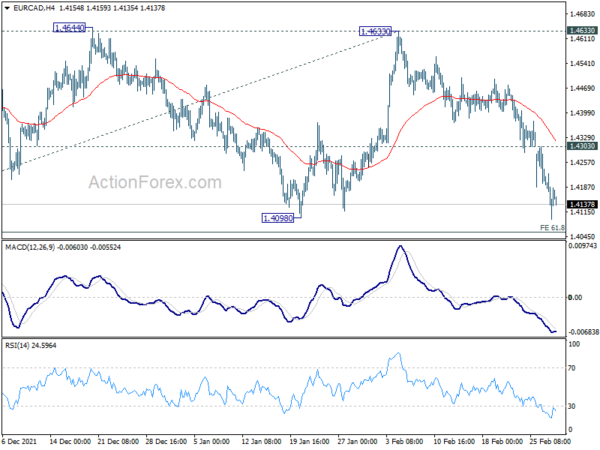
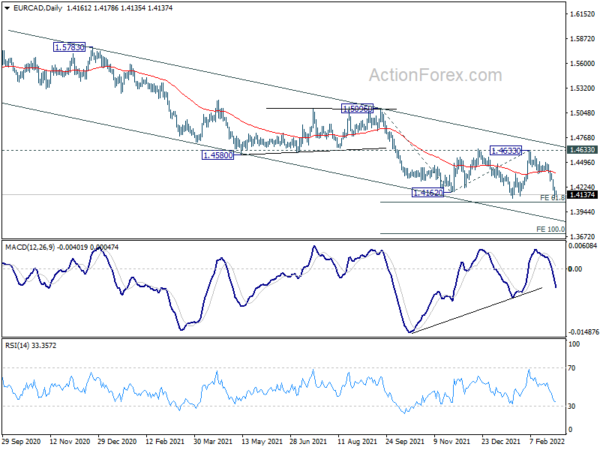
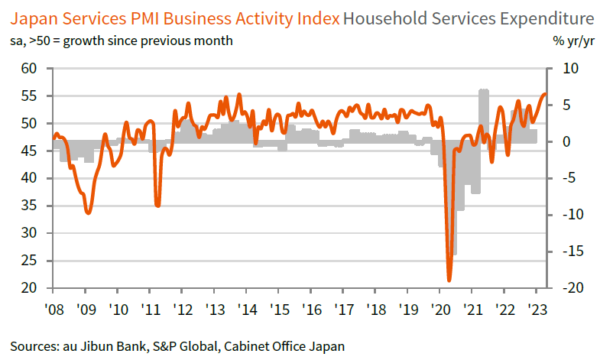
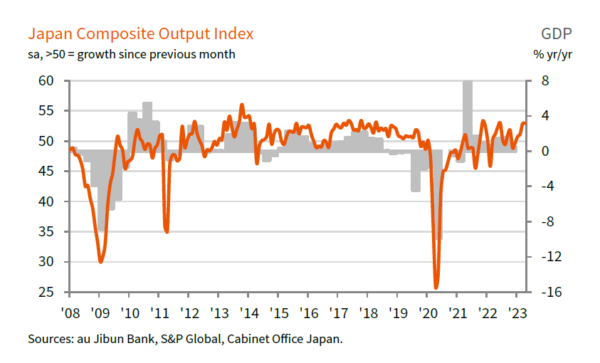
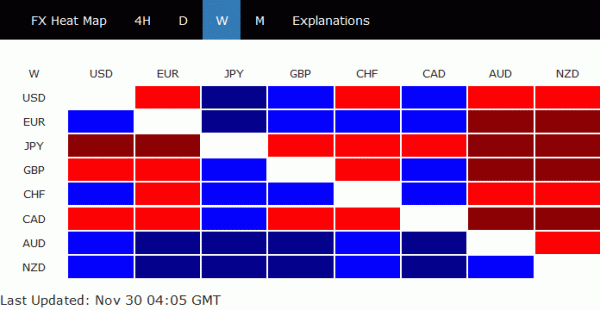
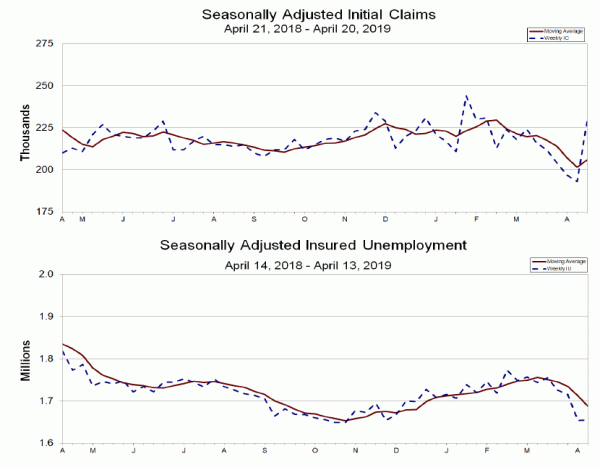
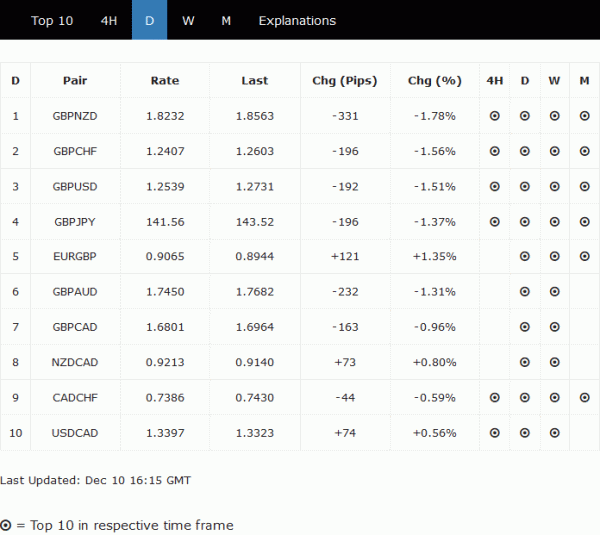
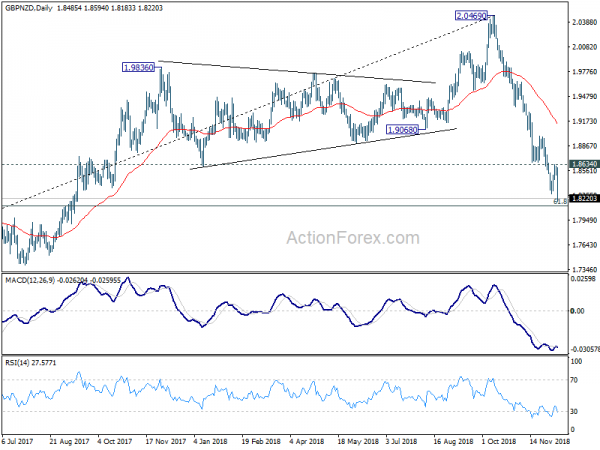
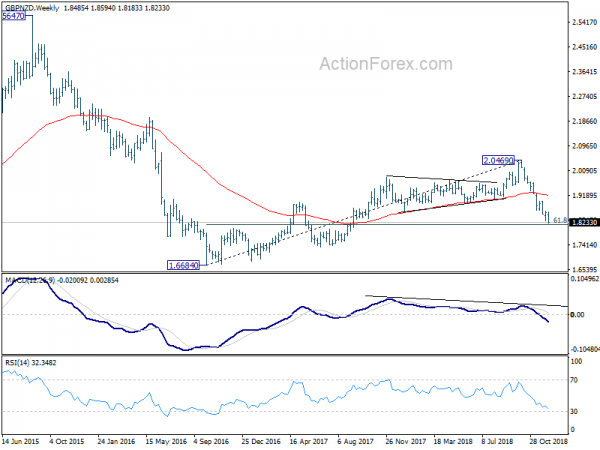
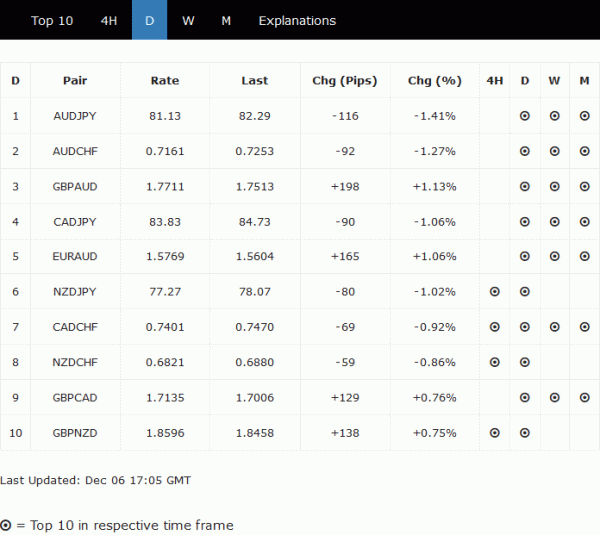
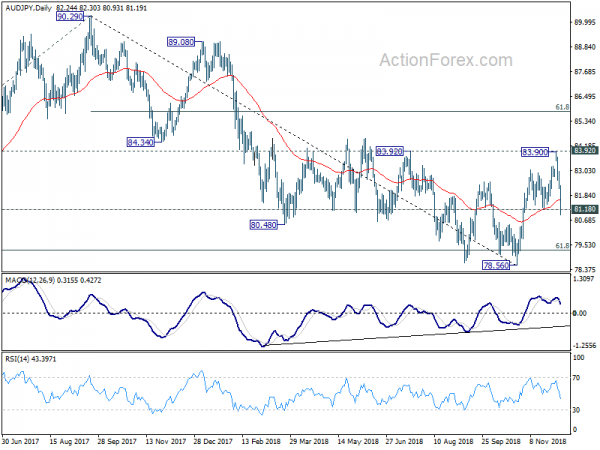
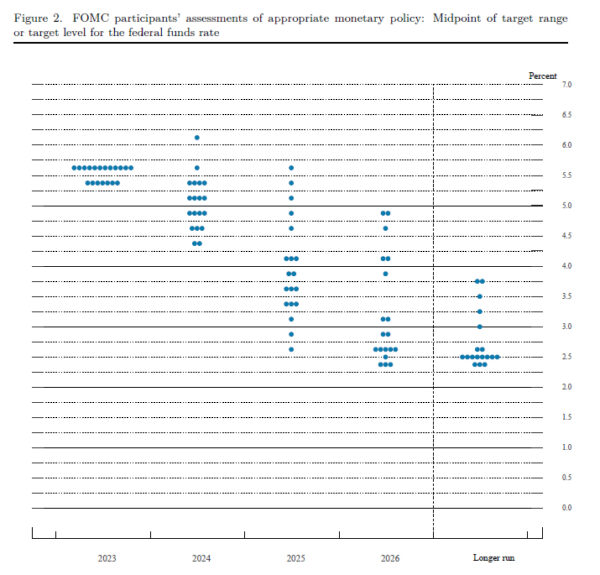
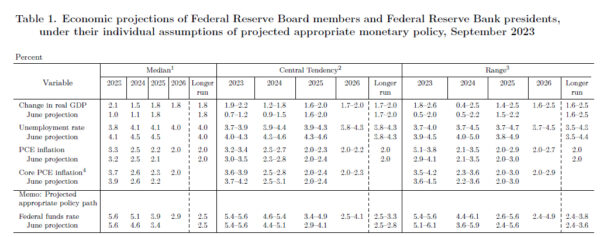
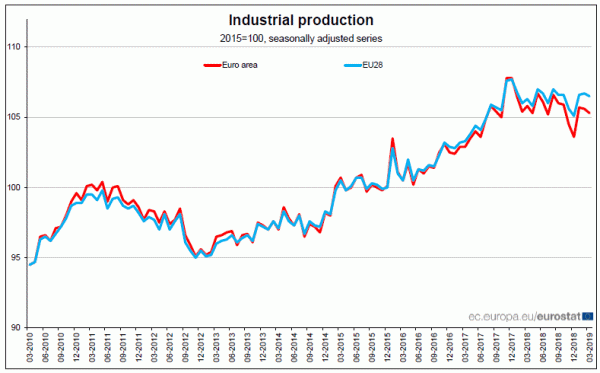
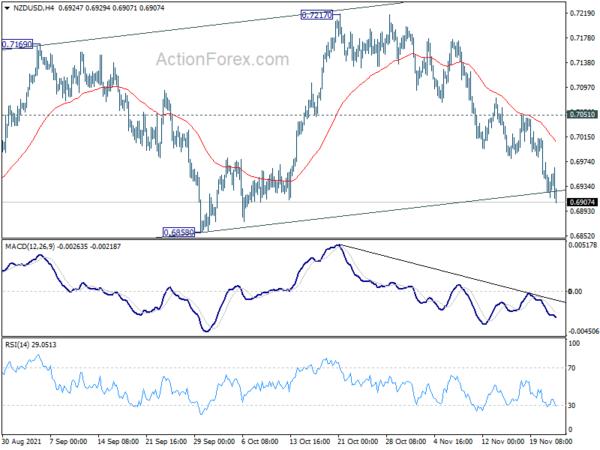
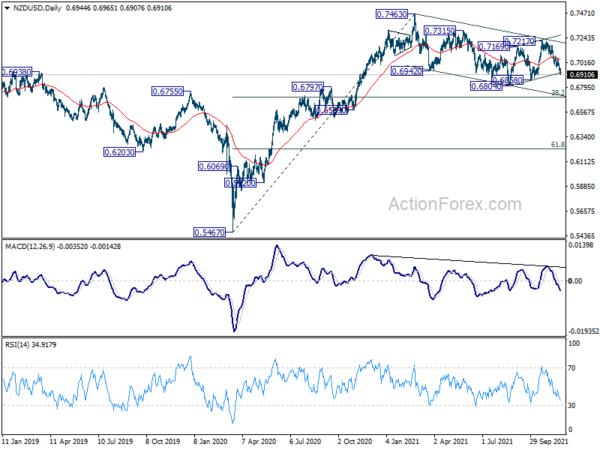
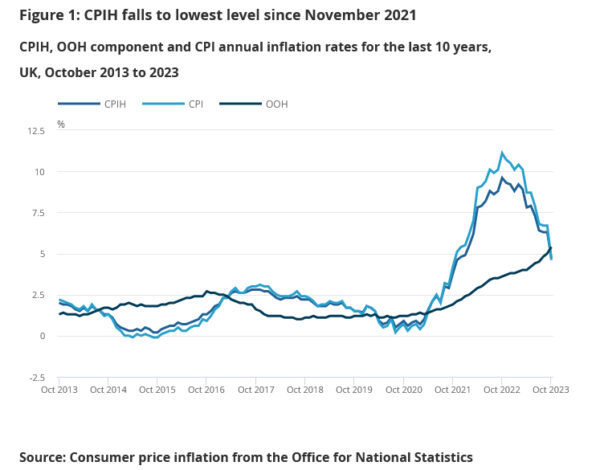
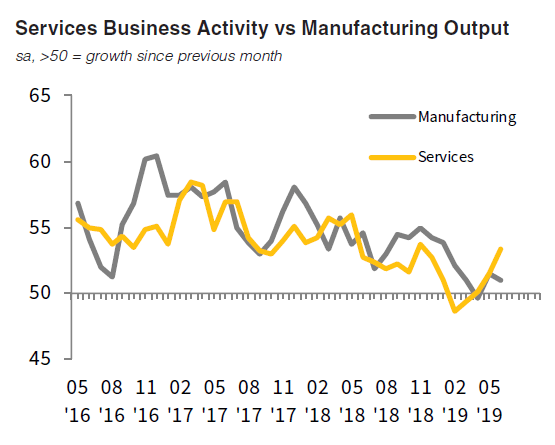
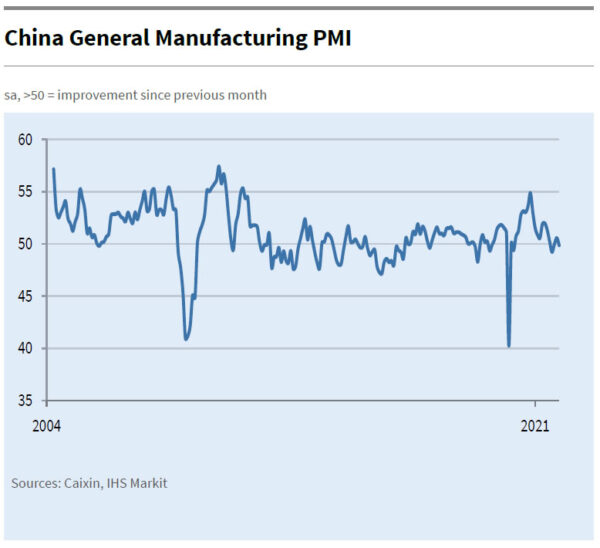

NZ ANZ business confidence dropped slightly, inflation expectation lowest since Mar 2022
New Zealand ANZ Business Confidence index decrease slightly in April, dipping from -43.4 to -43.8. On the other hand, Own Activity Outlook improved from -8.5 to -7.6. A closer look at the details reveals that export intentions jumped from -8.9 to -1.5, while investment intentions remained unchanged at -6.8. Employment intentions rose from -4.6 to -2.4, and pricing intentions fell from 56.8 to 53.7. Cost expectations dropped from 86.4 to 84.2, and profit expectations declined from -33.9 to -37.7.
Inflation expectations decreased from 5.82 to 5.70, reaching the lowest level since March 2022. ANZ observed that the overall decline in inflation signals is consistent with RBNZ gradually gaining traction. However, the situation is far from resolved, as the proportion of firms experiencing high costs and intending to raise prices remains “problematically high”.
ANZ added: “The RBNZ will be encouraged to see the ongoing fall in the inflation indicators in the survey. While there’s still a way to go, inflation is set to continue easing over the year ahead, as they and we are forecasting.
“It’s important to note that the data does not represent a ‘surprise’ for the RBNZ; rather, it’s what they will be expecting to see if their forecasts are to come to fruition, with the OCR able to top out shortly.
“There are risks on both sides: inflation could get “stuck” north of the target band, or global markets could deliver a side-swipe, for example. But the overall message from this month’s survey is “on track.”
Full ANZ Business Confidence release here.